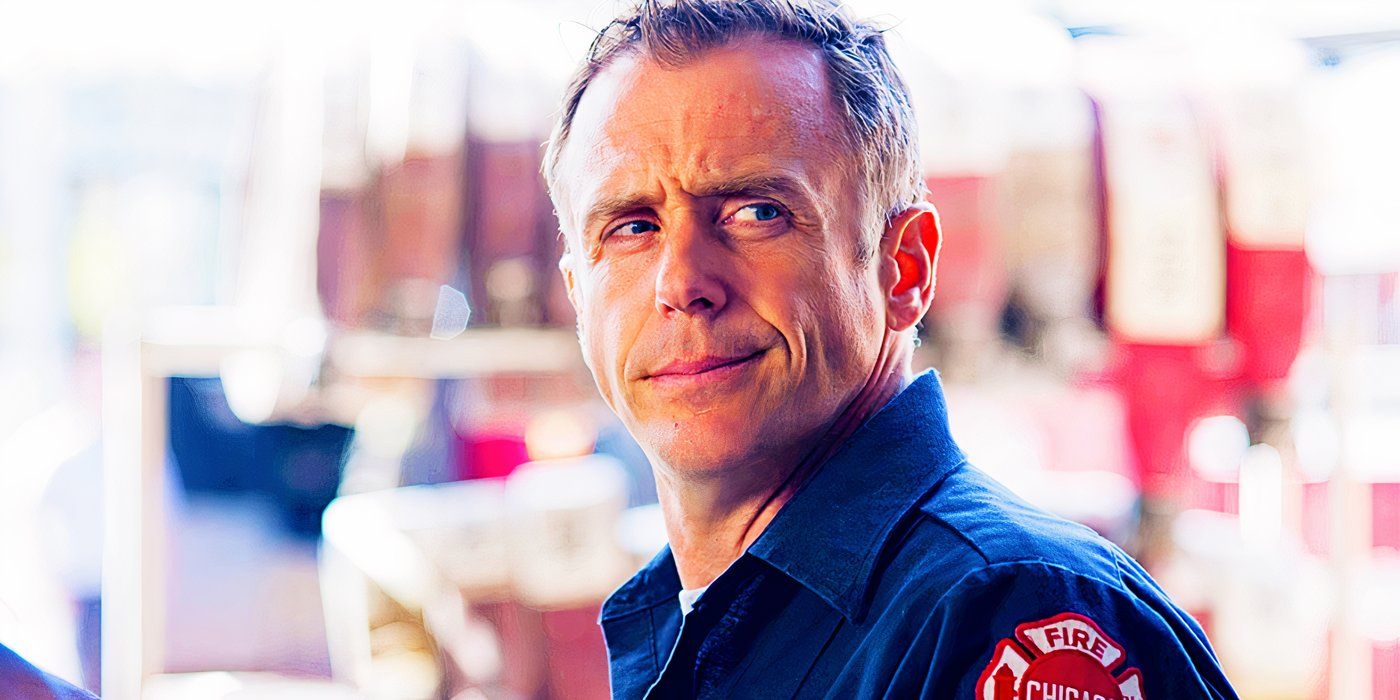From Exile to Homecoming: Chicago Fire’s Bold Stadium Plans Spark Citywide Buzz
In a city built on reinvention, the Chicago Fire Football Club is taking its boldest step yet. After years of floundering between borrowed stadiums and misplaced loyalty, the team has unveiled plans for a state-of-the-art, $650 million downtown stadium — a move that could finally right the wrongs of its turbulent past.
Announced with civic flair and heartfelt promises, the new stadium will rise in the South Loop’s “The 78” district, a sleek open-air arena with a 22,000-seat capacity. Set to open in 2028 — the club’s 30th anniversary — it marks not just a return to the heart of the city, but a spiritual rebirth for fans who’ve weathered decades of confusion, frustration, and fragmented identity.
“Soccer is the world’s game, and a world-class city like ours deserves a world-class home,” declared owner Joe Mansueto in a full-page newspaper statement. And this time, he’s putting his money where his heart is — the stadium will be privately funded, built entirely from his own pocket.
The Fire’s journey has been a winding one. They began in 1998 at Soldier Field, a location central but temporary. In 2006, they moved to Toyota Park (now SeatGeek Stadium) in suburban Bridgeview — a 40-minute drive from downtown. Fans were disillusioned. Attendance suffered. The atmosphere never truly clicked.
By 2020, the team returned to Soldier Field, and with it came a slow but steady uptick in fan engagement, climbing to an average of 26,000 per match. But that historic stadium always felt like a rental, not a residence.
Now, with the new downtown stadium, the Fire aren’t just designing a place to play — they’re designing a cultural hub. Community voices have been brought into the planning, from Bronzeville advocates to Latinx youth groups. The stadium will feature retail spaces, plazas, and youth soccer fields, turning the venue into a year-round destination.
And yes — the pitch itself is getting an upgrade, with training facilities that rival Europe’s elite clubs. For players like Brian Gutiérrez, it’s more than an investment in bricks and mortar. “It tells us we matter,” he said, “and so do the fans.”
The stadium also doubles as a bold marketing tool. With global stars like Bastian Schweinsteiger and Xherdan Shaqiri once gracing the roster, and rumors swirling about Kevin De Bruyne, the Fire are aiming to attract big names once again.
Chicago Fire’s new stadium isn’t just about MLS glory. It’s about reclaiming space, healing divides, and finally giving the city’s soccer culture a true center. As longtime supporter Tanya Morales puts it, “We don’t need a monument. We need a meeting place.”
And that’s exactly what the Fire intend to build.





